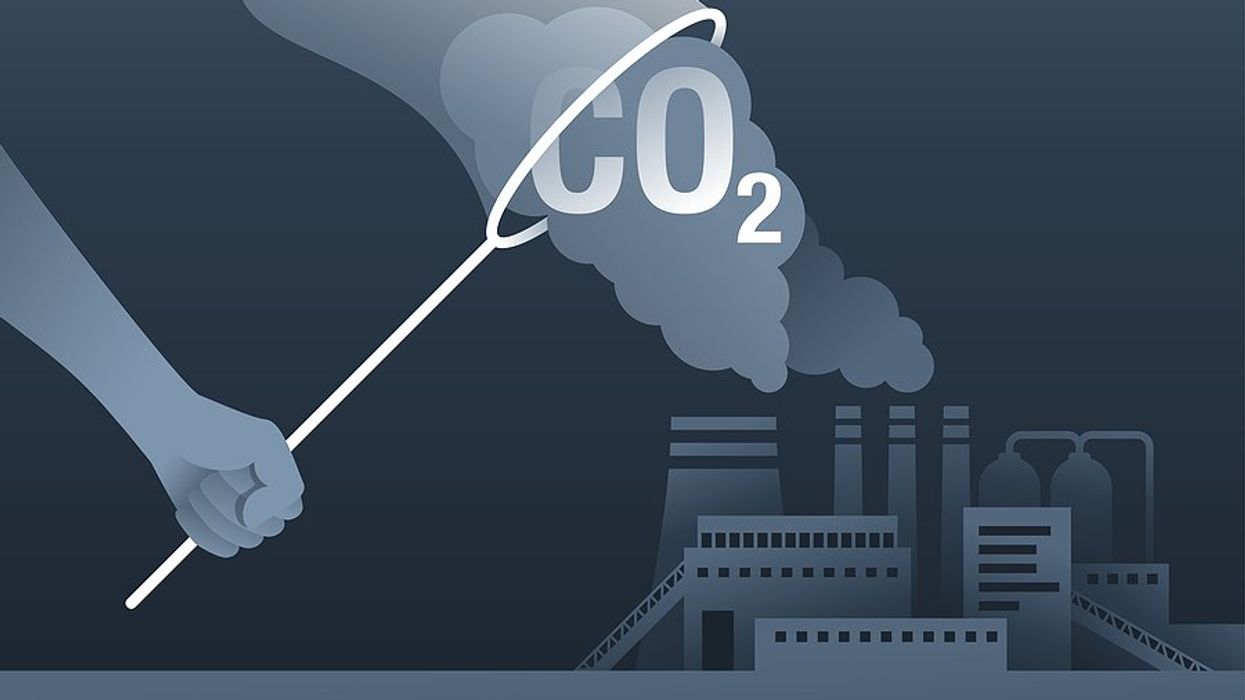Despite their eco-friendly image, the popular Stanley Cups may contribute to unsustainable consumption patterns, experts caution.
Kelly Livingston reports for ABC News.
In short:
- Reusable cups like Stanley Cups, while environmentally friendly, can paradoxically lead to overconsumption due to marketing strategies and consumer trends.
- Sandra Goldmark, a circularity expert, emphasizes the need for consumers to understand the environmental cost of treating durable items as disposable fashion.
- Concerns have arisen over the use of lead in Stanley Cups, although the company assures compliance with regulatory standards.
Key quote:
"This [cup craze] is really kind of a funny intersection of something that can be green and more sustainable, i.e. a reusable product, but a marketing and fashion moment that is really, truly unsustainable."
— Sandra Goldmark, circularity expert from Barnard College and the Columbia University Climate School
Why this matters:
This issue highlights the balance between sustainable practices and consumer behavior. It's a reminder that even well-intentioned choices can have unintended consequences, particularly when it comes to health and the environment.
The founder and chief scientist at Environmental Health Sciences makes his case for a new set of R's around plastics: rethink, redesign, reform.














